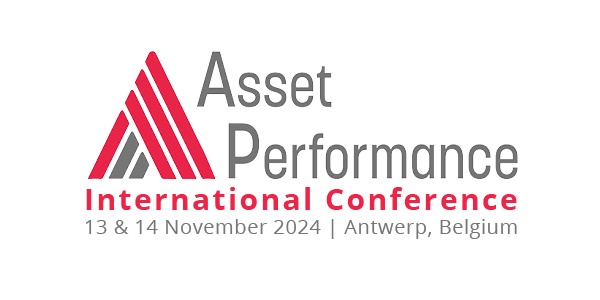Proactive water leakage detection with sensors
AI-Technology & People
Data-driven working methods help De Watergroep to proactively detect water leakages. Not a luxury but a necessity in times of dry summers, climate change and water resources under increasing pressure. Digitization with modular and user-friendly AI technology is the way to go, although humans also remain a crucial factor in this success story.
More than 1,500 employees, 34,000 kilometres of water pipelines supplying 177 municipalities in the provinces West- and Oost-Vlaanderen, Vlaams-Brabant and Limburg – serving over 3.3 million customers and hundreds of companies. Behind these impressive figures we find innovative player De Watergroep, Flanders’ largest drinking water company. You can understand that an extensive network of pipelines presents various challenges, including water leakages. De Watergroep has a research and development program in place to ensure a sustainable drinking water supply now and in the future. Asset performance plays a significant role in this, as explained by Head of Asset Management, Filip Vancoillie.
Responsible Asset Management
“With assets located underground, you can’t just go in any direction”, Filip Vancoillie clarifies. We can’t simply open everything up. There are permitting limitations, and valid corporate social responsibility concerns. We see this both on a national level and abroad. The key is handling existing assets effectively, which is precisely what we do at De Watergroep.”
Specifically, the drinking water company invests €100 million in renewing the pipeline network each year. This already allows the team to replace 1.2% of it, while the aim is 1.7% by 2028. And there is more, e.g. an ambitious multi-year program to tackle leakages and drastically reduce the so-called ‘infrastructure leakage index’. De Watergroep aims to eventually be among the world leaders in terms of leak-free pipelines.

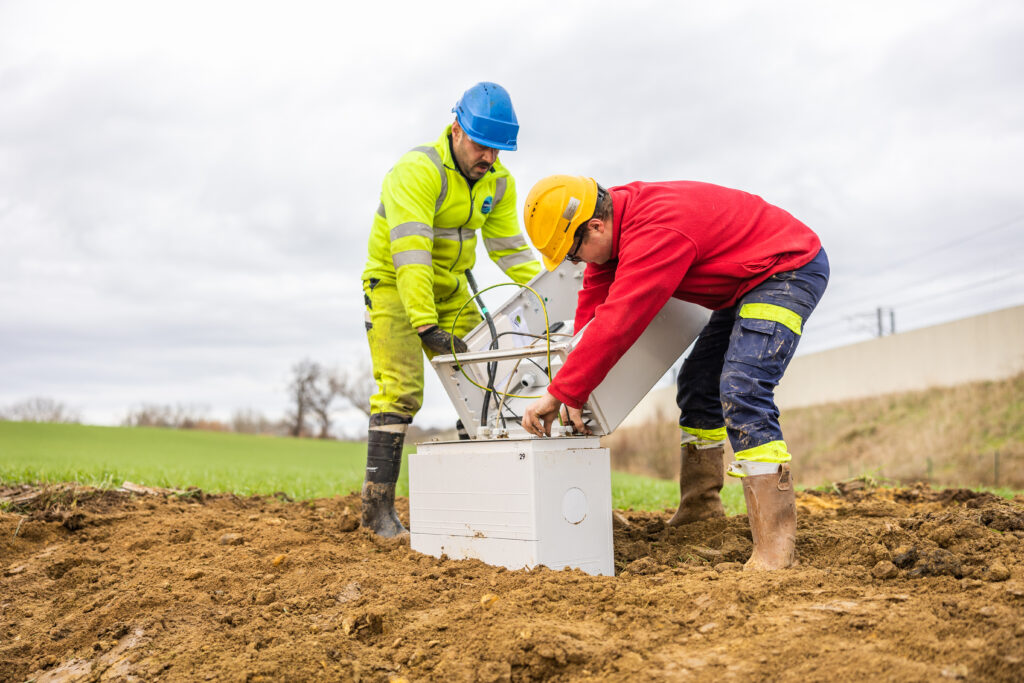
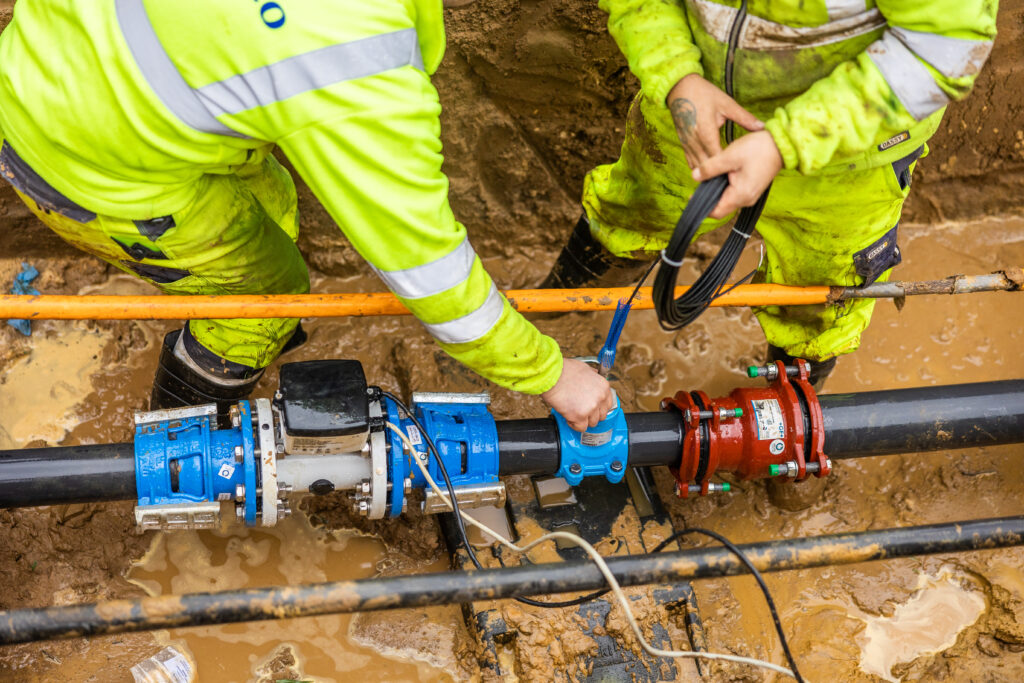
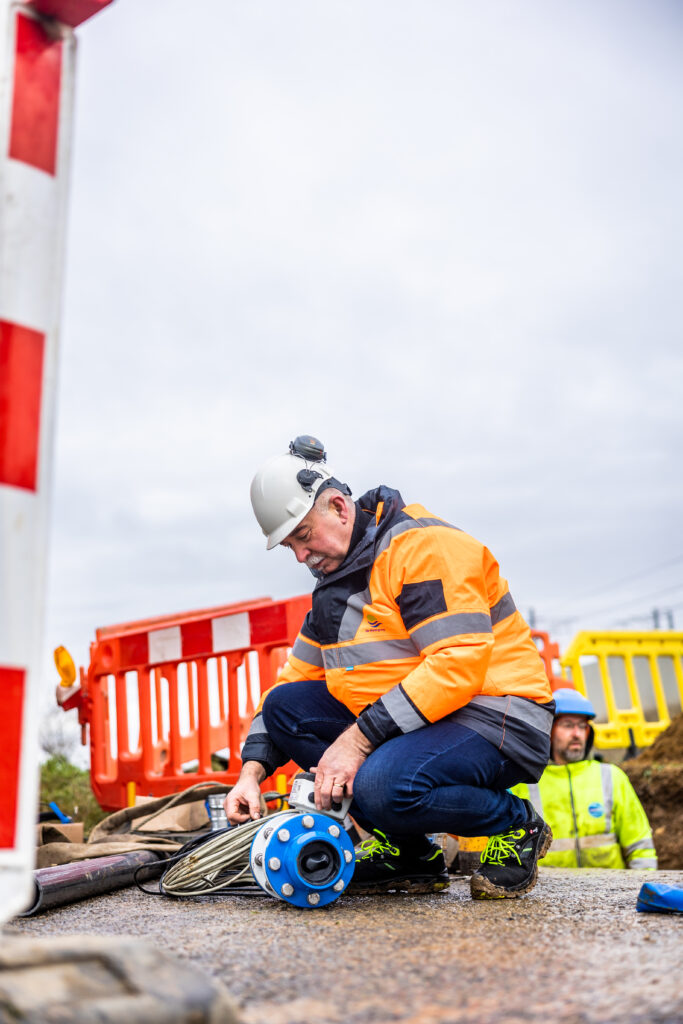

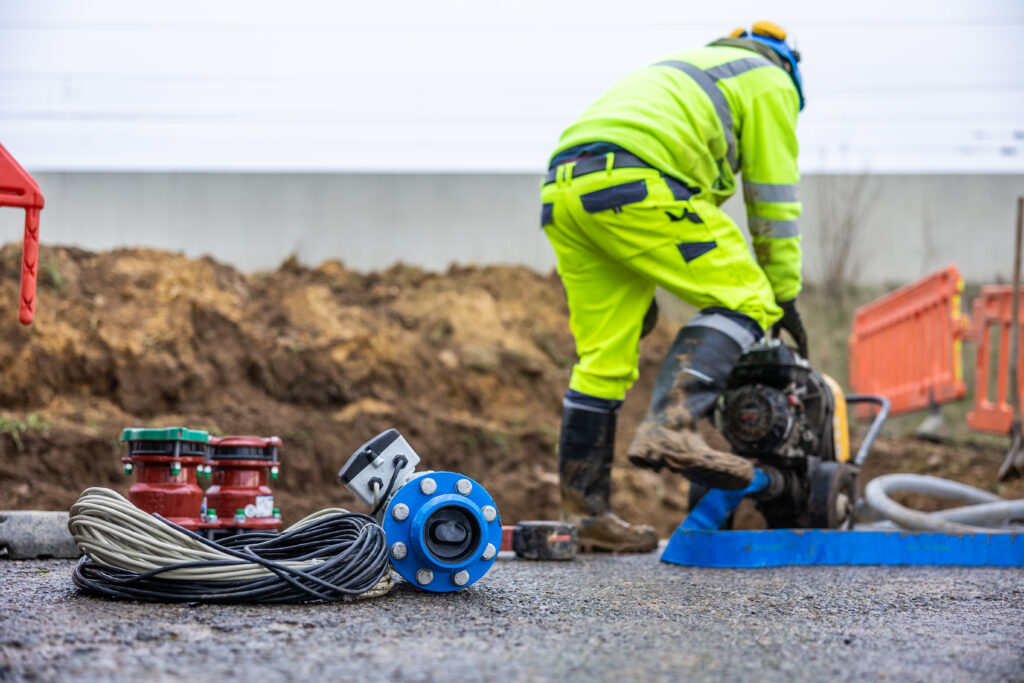
Leakie, Because Every Drop Counts
The multi-year action plan is appropriately called ‘Leakie’ and includes 7 action tracks to reduce the volume of lost water. The first action track is ‘Measure More’, which means installing more sensors for flow and pressure in the water pipeline network.
Filip Vancoillie: “We know that between the production centres and the customers, a substantial amount of water is lost. We decided to make a significant investment of €17.8 million to install 400 new flow and pressure sensors and replace 300 existing data loggers. The project provides crucial data to manage 34,000 km of pipes. Measuring more means gaining more knowledge on the system. And especially more targeted information: thanks to the new sensors, the search areas are smaller, making it possible to locate and repair leaks, including invisible ones, more efficiently. This allows us to avoid losing large quantities of water and limit consequential damage, another plus for customers. We proactively detect leaks and prevent sinkholes. Thanks to the replacement of the data loggers, we can now rely on more frequent data flows to our systems.”
The new sensors are connected to a platform where all sensor data is collected. The data is sent to a state-of-the-art, future-proof data lake and water management platform, which uses self-learning algorithms that process data faster and make all relevant information transparent as well. Conclusions drawn from data are actionable insights: they can be turned directly into an action or a response.
“When we set up the platform, the requirements were that it had to be user-friendly, intuitive, and future-oriented to make sure our people could work with it effortlessly, and any algorithms from other players and the research community could be integrated at any time as soon as they provide added value. From experience, we know that no single algorithm solves everything; collaboration and multiple smart algorithms lead to a sustainable and improved outcome”, said Filip Vancoillie.
Change & Communication
Meanwhile, De Watergroep is fully engaged in data-driven practices but with attention to the human factor. According to Filip, the change element is essential. “In theory, it’s great to have user-friendly technology that can help us improve. However, you also need to get your teams on board. Engage in conversations, explain well why it is necessary for us to digitalize. It’s our people who make the difference, irrespective of the technical aspects involved in Asset Management. The combination of new technology with IoT and algorithms, hand in hand with human commitment. That’s why we put a lot of effort into change & communication in our multi-year program, and with success.”
Innovations continue to seep in as De Watergroep plans to take further digital steps and conduct experiments with new developments in various collaborations. What exactly does this entail, how do they stand a great chance of winning the Asset Performance Award with the ‘Leakie’ project? What are the other 6 action tracks to further sustainably improve the assets? More than enough reasons to attend the presentation of De Watergroep on Wednesday, October 25, 2023.
